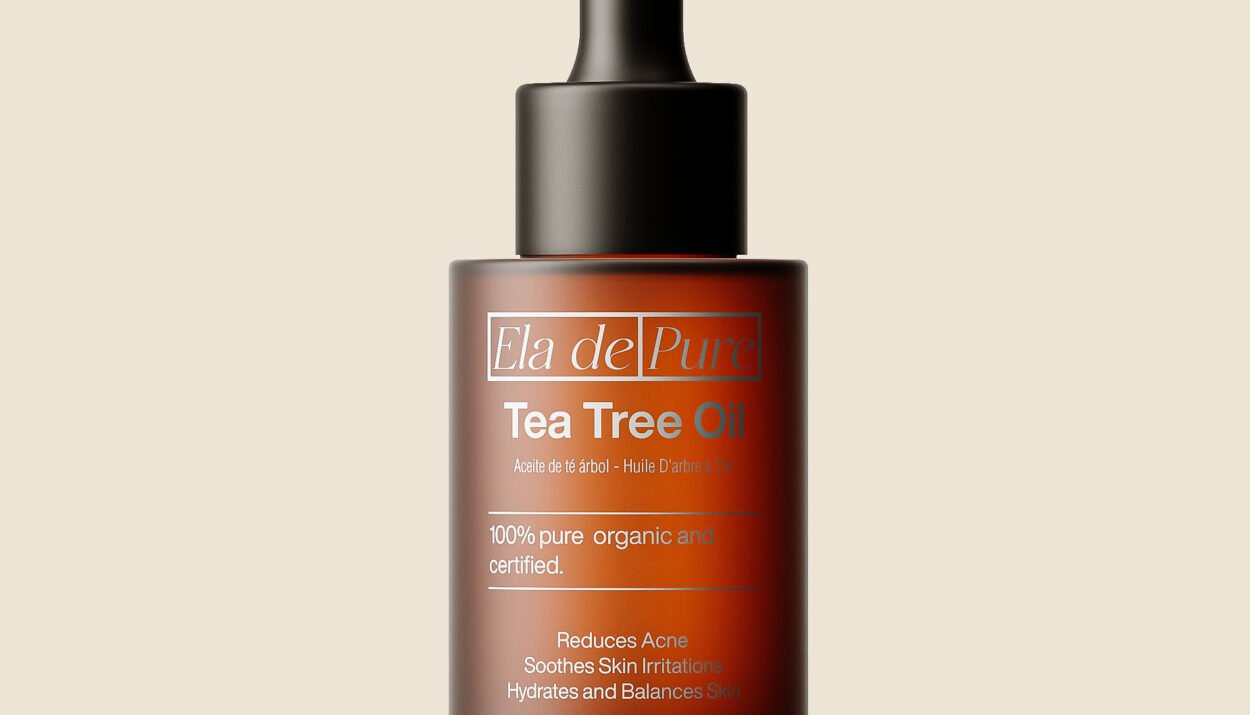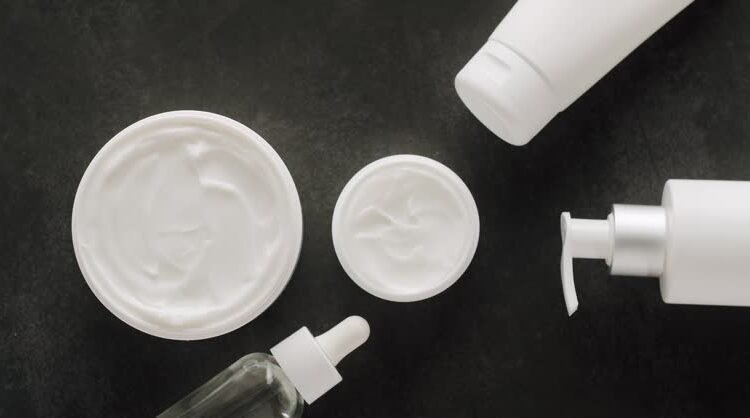Acne is one of the most common skin concerns affecting millions worldwide. While there are numerous treatments available, many people seek natural remedies to avoid harsh chemicals. One of the most effective natural solutions is tea tree oil, a powerful essential oil known for its antibacterial and anti-inflammatory properties. This article explores how tea tree oil helps fight acne naturally, its benefits, usage tips, and potential side effects.
Understanding Acne and Its Causes
Before delving into the benefits of tea tree oil, it’s essential to understand acne and its primary causes:
- Excess Oil Production: Overactive sebaceous glands produce excessive sebum, clogging pores and leading to breakouts.
- Bacterial Growth: Propionibacterium acnes (P. acnes) bacteria thrive in clogged pores, triggering inflammation.
- Dead Skin Cells: Accumulated dead skin cells can block pores, contributing to acne.
- Inflammation: Redness and swelling occur due to bacterial infections and immune system responses.
- Hormonal Changes: Fluctuations in hormones, particularly during puberty, menstruation, or stress, can increase acne.
How Tea Tree Oil Fights Acne
Tea tree oil is a natural powerhouse for acne-prone skin. Its effectiveness lies in its ability to combat bacteria, reduce inflammation, and regulate oil production. Here’s how it works:
1. Antibacterial Properties
Tea tree oil contains terpinen-4-ol, a compound known for its strong antimicrobial effects. It helps eliminate acne-causing bacteria (P. acnes), preventing infections and reducing breakouts.
2. Anti-Inflammatory Effects
Acne often results in red, swollen, and painful blemishes. Tea tree oil has natural anti-inflammatory properties that soothe irritated skin, reducing redness and swelling associated with pimples.
3. Oil Control and Sebum Regulation
Excessive oil production contributes to clogged pores and breakouts. Tea tree oil helps balance sebum levels, making it an excellent option for people with oily skin.
4. Unclogs Pores and Exfoliates Skin
Tea tree oil possesses mild exfoliating properties, which help clear dead skin cells and debris from the skin’s surface, reducing the risk of clogged pores and blackheads.
5. Speeds Up Healing Process
Tea tree oil promotes wound healing, helping pimples dry out faster and reducing the risk of post-acne scars and dark spots.
How to Use Tea Tree Oil for Acne
Using tea tree oil correctly is crucial for maximum benefits while avoiding skin irritation. Here are some recommended methods:
1. Tea Tree Oil Spot Treatment
- Mix 1–2 drops of tea tree oil with a carrier oil (such as jojoba or coconut oil).
- Apply the diluted oil directly to pimples using a cotton swab.
- Leave it overnight and rinse in the morning.
2. Tea Tree Oil Face Wash
- Add a few drops of tea tree oil to your regular face wash.
- Use it to cleanse your face twice daily.
3. DIY Tea Tree Oil Toner
- Mix 3–5 drops of tea tree oil with witch hazel or rose water.
- Apply with a cotton pad after cleansing to tighten pores and refresh skin.
4. Tea Tree Oil Face Mask
- Combine 2 drops of tea tree oil with honey or aloe vera gel.
- Apply as a mask and leave for 15–20 minutes before rinsing.
5. Tea Tree Oil and Moisturizer
- Add a drop of tea tree oil to your moisturizer to enhance its acne-fighting effects.
Precautions and Potential Side Effects
While tea tree oil is an effective natural remedy, improper use can lead to side effects. Consider the following precautions:
- Always Dilute: Tea tree oil is potent and should never be applied undiluted to prevent irritation.
- Patch Test First: Apply a small amount to a patch of skin to check for allergies.
- Avoid Eye and Lip Areas: The oil can cause irritation if it comes into contact with sensitive areas.
- Use in Moderation: Overuse can lead to dryness, redness, or peeling.
Comparing Tea Tree Oil with Other Acne Treatments
Many people wonder how tea tree oil compares to traditional acne treatments. Here’s a quick comparison:
| Treatment | Effectiveness | Side Effects | Natural or Chemical? |
| Tea Tree Oil | Kills bacteria, reduces inflammation, controls oil | Mild irritation (if used undiluted) | Natural |
| Benzoyl Peroxide | Kills acne bacteria | Dryness, peeling, redness | Chemical |
| Salicylic Acid | Exfoliates, unclogs pores | Mild irritation, dryness | Chemical |
| Retinoids | Prevents clogged pores | Sensitivity, peeling | Chemical |
| Antibiotics | Kills acne bacteria | Antibiotic resistance risk | Chemical |
Tea tree oil is a gentler alternative with fewer side effects compared to chemical-based treatments.
Conclusion
Tea tree oil is a powerful, natural remedy for acne, thanks to its antibacterial, anti-inflammatory, and oil-controlling properties. By incorporating it into your skincare routine correctly, you can enjoy clear, healthy skin without relying on harsh chemicals. Always perform a patch test before use, and consult a dermatologist if you have persistent or severe acne. Embrace the power of nature with tea tree oil and achieve a radiant, blemish-free complexion!
FAQs About Tea Tree Oil and Acne
1. How long does it take for tea tree oil to work on acne?
Results vary, but many people notice improvement within a few days to two weeks of consistent use.
2. Can tea tree oil be used daily?
Yes, but it should always be diluted and used in moderation to avoid skin irritation.
3. Can tea tree oil help with acne scars?
Tea tree oil promotes skin healing and can reduce hyperpigmentation, but it is not as effective as other scar treatments like vitamin C or retinol.
4. Is tea tree oil safe for all skin types?
Tea tree oil is suitable for oily and acne-prone skin, but those with sensitive skin should use it cautiously.









2 Comments
Testymo
3 years agoThis is really amazing! Aliquid ex ea commodi consequatur?